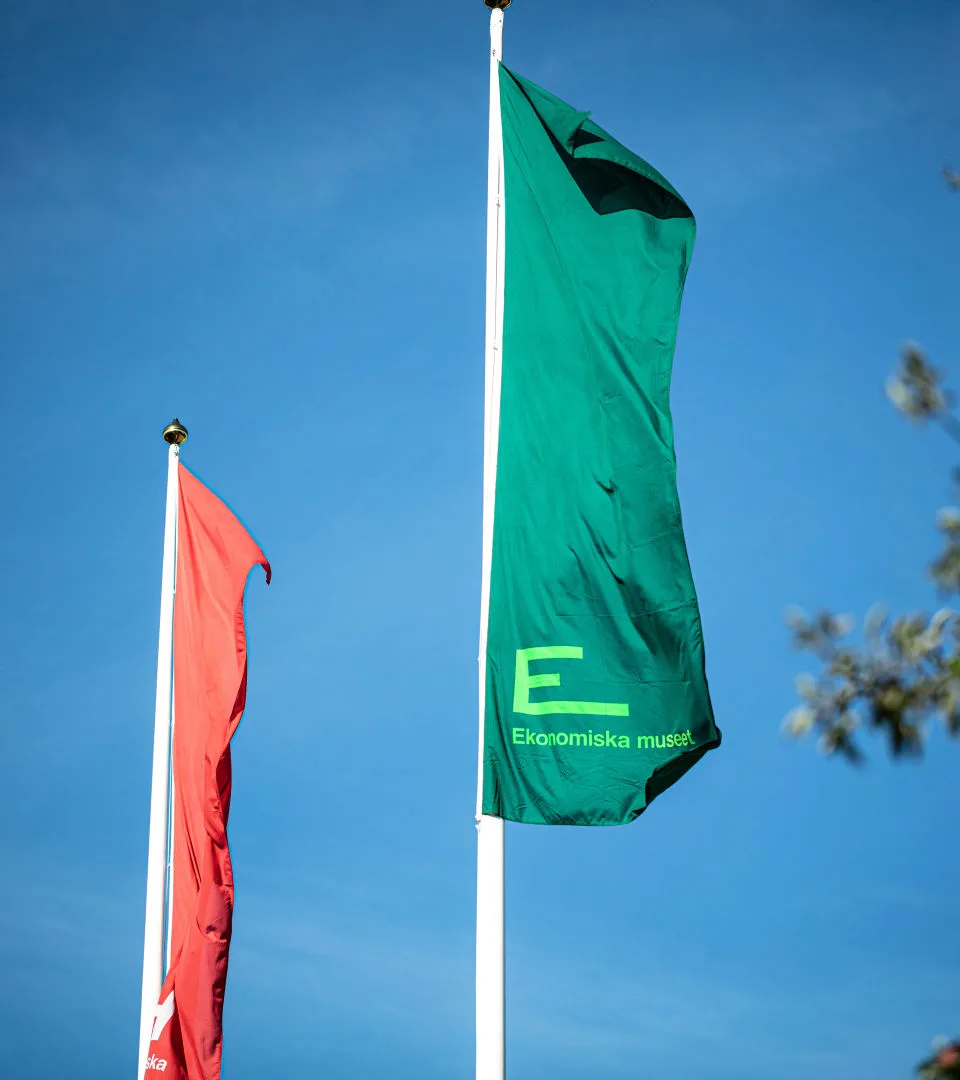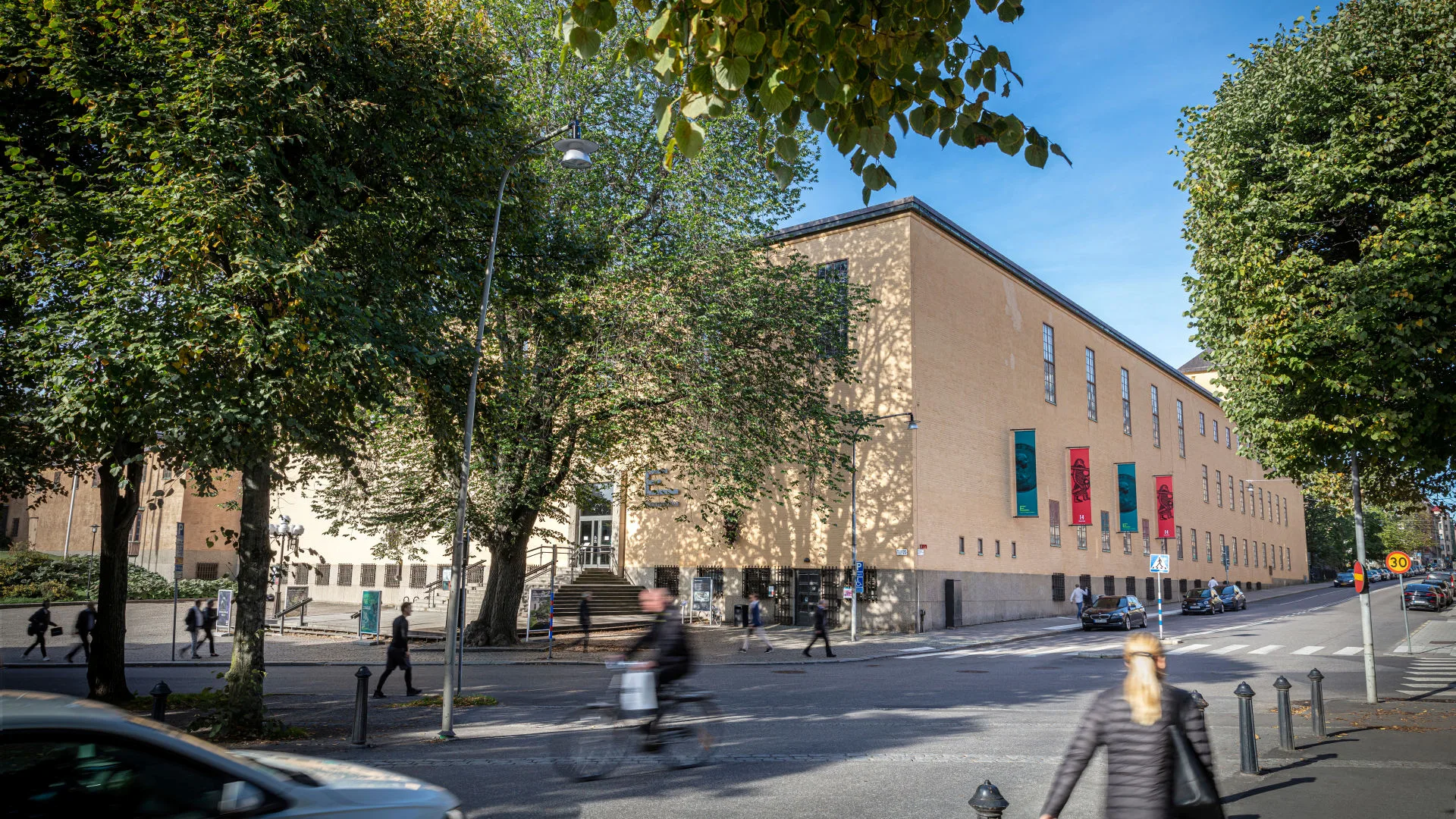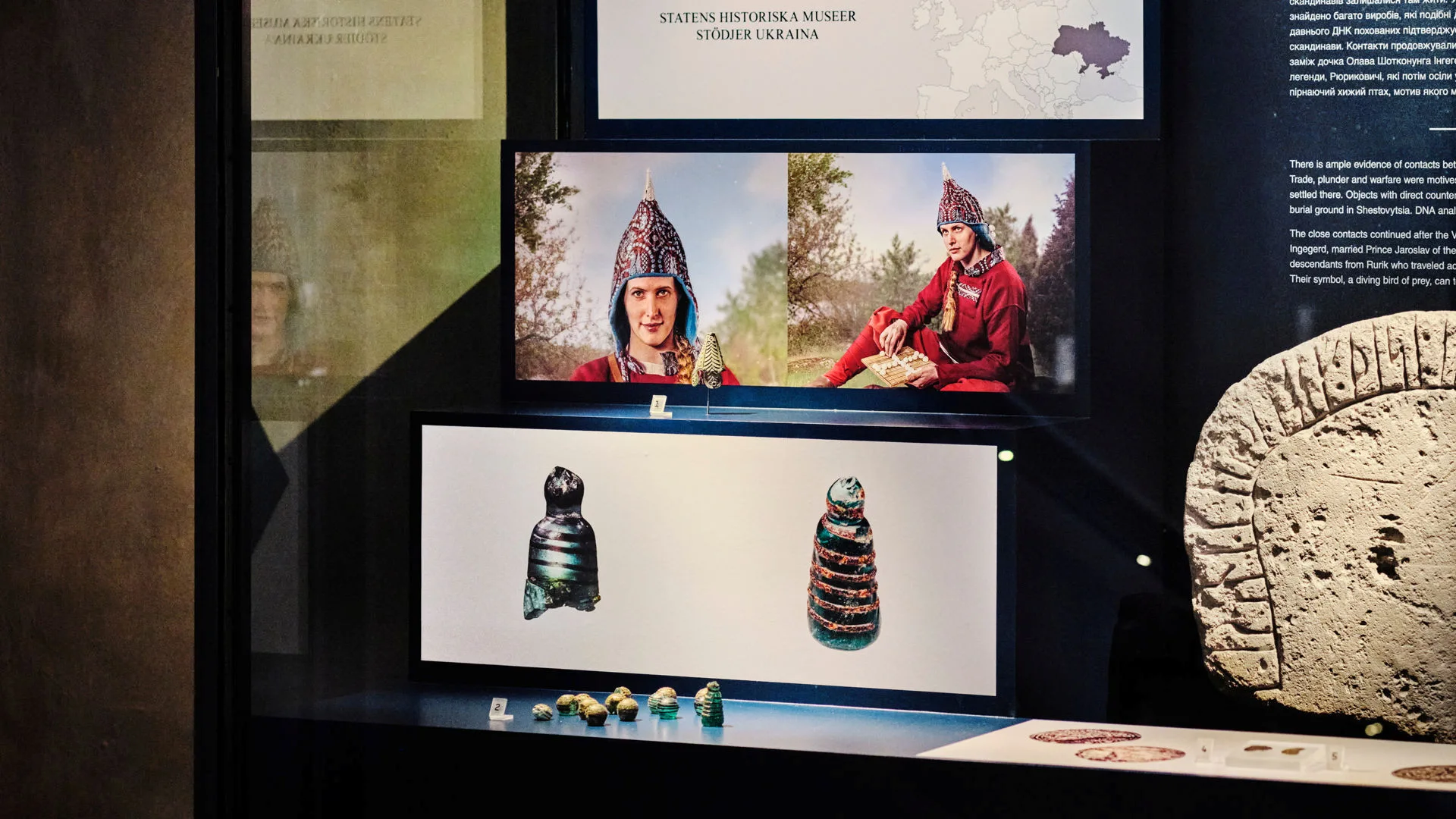
Historic contacts between Sweden and Ukraine
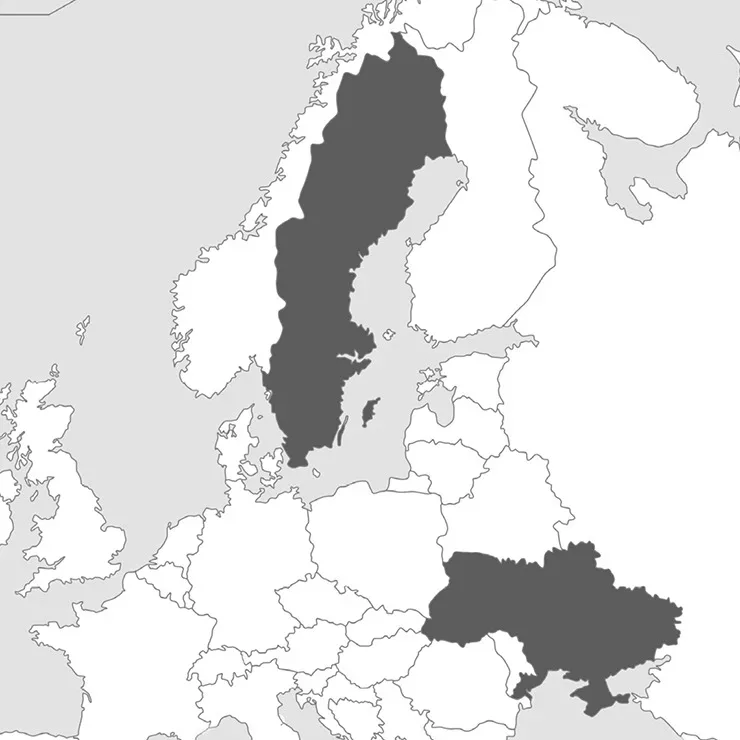
Historic contacts between the nations
There is ample evidence of contacts between Scandinavia and Ukraine during the Viking Age. Trade, plunder and warfare were motives behind journeys to the east, and many Scandinavians settled there. Objects with direct counterparts in the Viking city of Birka have been found in the burial ground in Shestovytsia. DNA analyses reveal there were Scandinavians among the buried.
The close contacts continued after the Viking Age. In 1019 the daughter of King Olof Skötkonung, Ingegerd, married Prince Jaroslav of the Rurikids. According to legend, the Rurikids were descendants from Rurik who traveled across the Baltic Sea to Kyiv/Kyiv. Their symbol, a diving bird of prey, can today be found in the coat of arms of Ukraine.
In the collections of the Swedish History Museum and the Economy Museum – Royal Coin Cabinet, there are objects that show historical contacts with today’s Ukraine. A selection of these items will be on display at the Swedish History Museum until further notice. You can see a selection of these objects below.
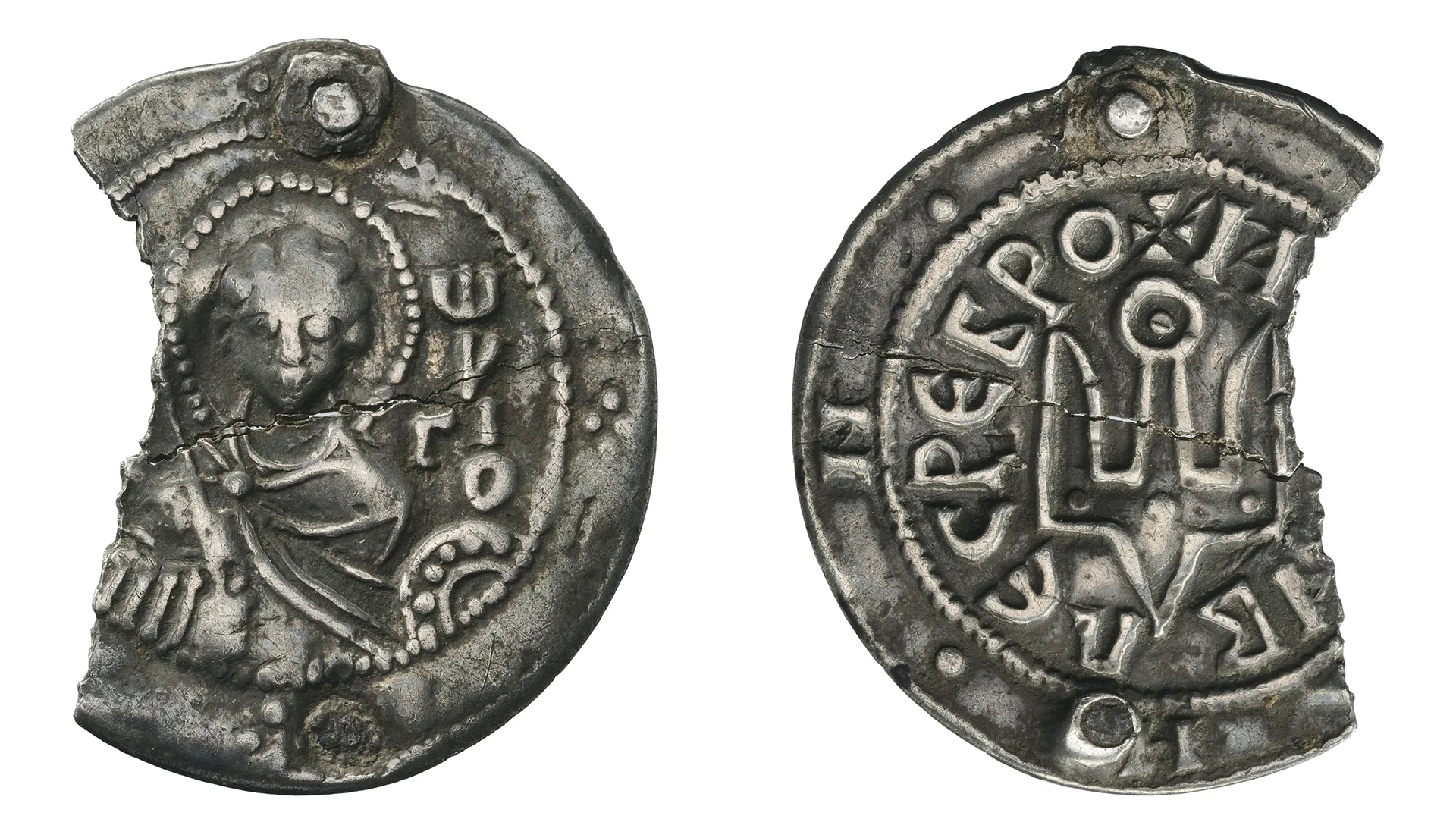
In the collections of the Swedish History Museum and the Economy Museum – Royal Coin Cabinet, there are objects that bear witness to these contacts. A selection of these items, which are a part of a research project by the National Historical Museums, will be on display at the Swedish History Museum until September 3, 2023. You can see a selection of these objects below.
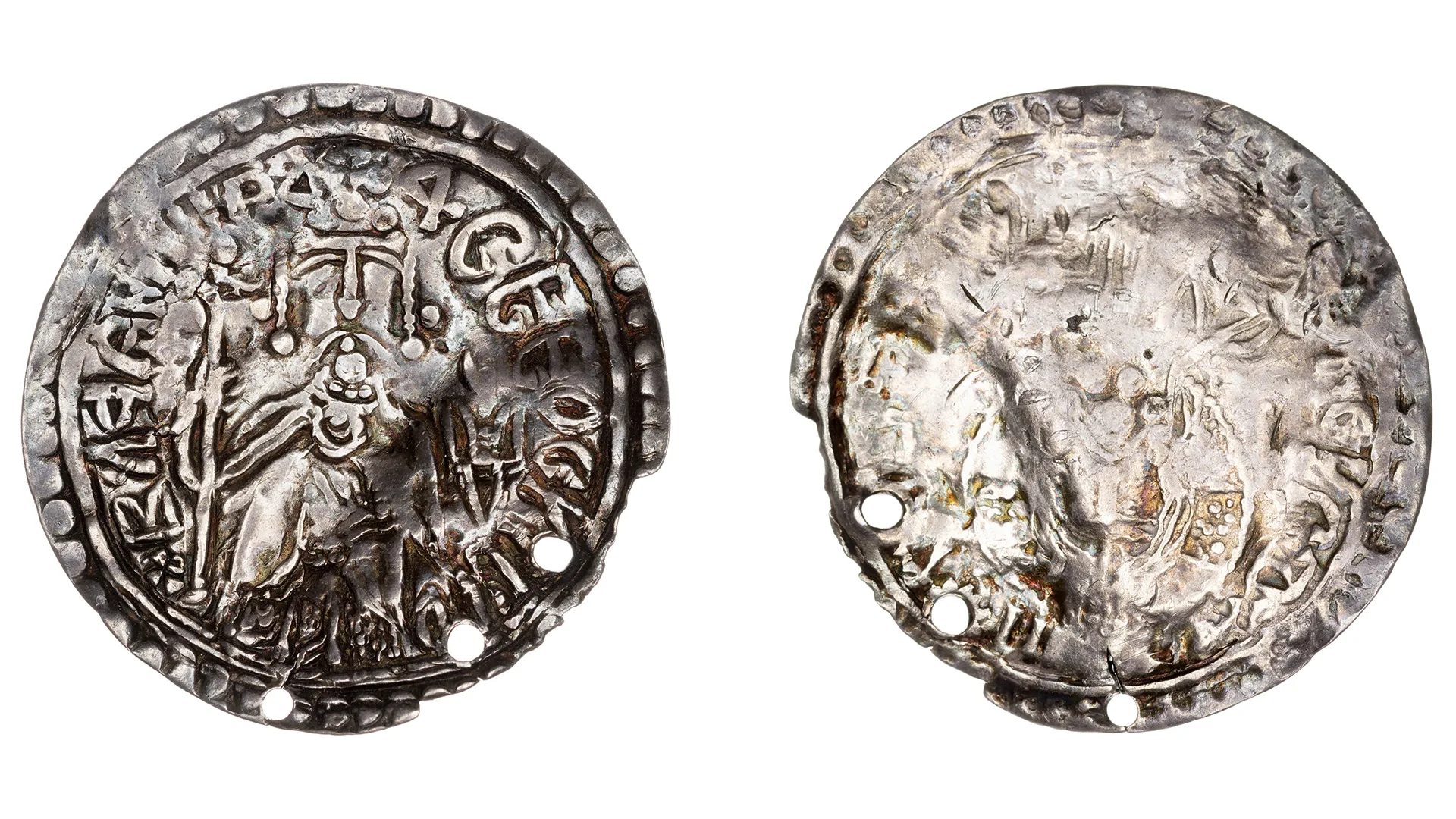
New research in progress
As a result of Russia’s invasion of Ukraine, the National Historical Museums are initiating a research project aimed at comparing the collections at historical museums in Sweden and Ukraine.
Archaeological and historical objects that originate in Ukraine can be found in Swedish museums. The same applies to Nordic objects in Ukrainian museums. The artefacts are evidence of the contacts between the countries during different historical periods. The aim of the research project is to highlight this material and examine how the collections can influence national identities and perceptions. Bringing these contexts to light is particularly important at a time when the Ukrainian cultural heritage is under threat, both from Russian state ideology and the military invasion.
The research project runs during 2023 – 2025 and is financed by the Torsten Söderberg Foundation.
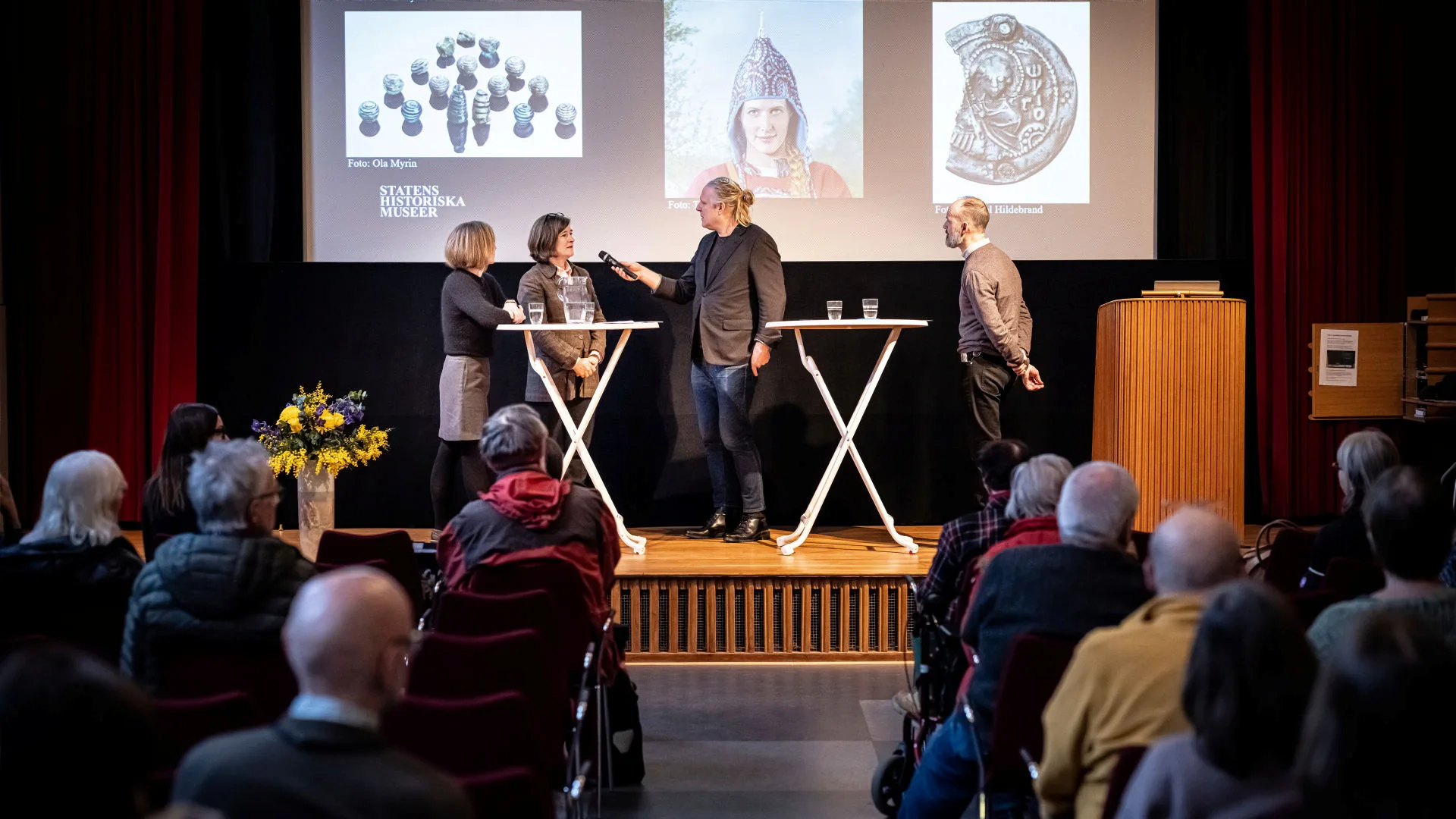
In Ukrainian
Існує багато свідчень контактів між Скандинавією та Україною в добу вікінгів. Торгівля, грабунки та військові походи були основними чинниками подорожей на схід і багато скандинавів залишалися там жити. У могильнику поблизу с. Шестовиці на Чернігівщині знайдено багато виробів, які подібні до тих, які відомі у місті вікінгів Бірці. Вивчення давнього ДНК похованих підтверджує те, що серед похованих у Шестовиці були скандинави. Контакти продовжувалися і у більш пізній час. 1019 року була видана заміж дочка Олава Шотконунга Інгегерд за князя Ярослава з роду Рюриковичів. Згідно легенди, Рюриковичі, які потім осіли у Києві, прийшли “з-за моря”. Символом їх роду був пірнаючий хижий птах, мотив якого можна побачити у обрисах державного гербу України.
Актуальне дослідження: Історичні звʼязки між Швецією та Україною
На тлі вторгнення Росії в Україну Державний Історичний Музеї Швеції розпочинає дослідницький проект з фокусом на музейних збірках історичних музеїв Швеції та України. У музеях Швеції зберігаються археологічні та історичні предмети та документи, що походять з України. З іншого боку, предмети скандинавського походження відомі також в українських музеях. Цей матеріал є доказом контактів між країнами в добу вікінгів, раннє середньовіччя та ранньомодерний час. Мета дослідницького проекту полягає в тому, щоб звернути увагу на цей матеріал та дослідити, як колекції використовувалися історично та як вони можуть впливати на національну ідентичність та її сприйняття. З’ясування цих контекстів є особливо важливим у час коли українська культурна спадщина знаходиться під загрозою як російської державної ідеології так і військового вторгнення.
Проект «Швеція та Україна в історії музейних колекцій та виставкових наративах» триває протягом 2023 – 2025 років і фінансується Фондом Торстена Сьодерберга.
